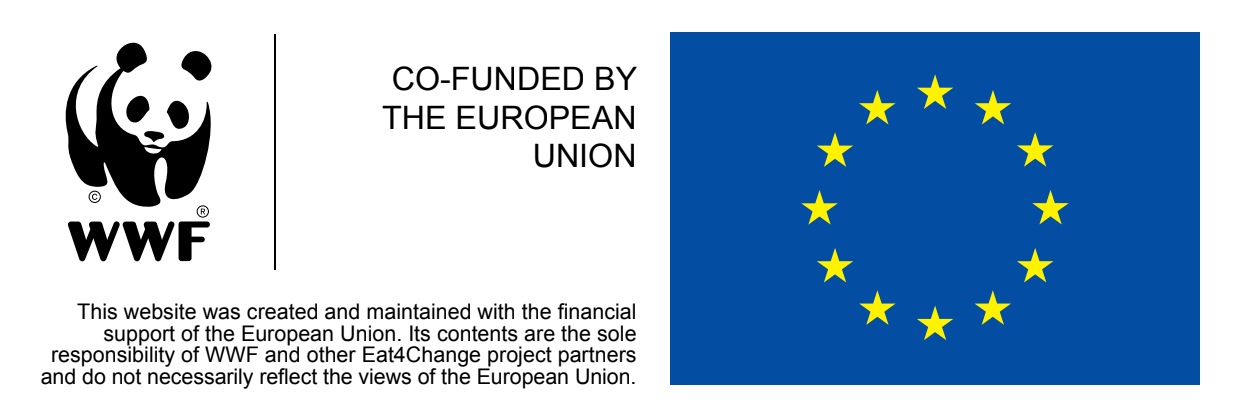
HIDDEN SOY
IT’S PRESENT IN MOST OF OUR FAVOURITE MEALS.
The average European citizen consumes 60.6kg of soy per year.
How is this possible?
OPEN THE FRIDGE TO FIND OUT
You eat way more soy than you think!

You won’t see it listed as an ingredient, but a huge amount of soy goes into the products you find in your fridge.

100g
pork meat
41g
soy
23.8kg
9.9kg

100g
cheese
24g
soy
19.2kg
4.7kg

100g
salmon steak
95g
soy
2.4kg
2.3kg

200ml
yoghurt
7g
soy
15.7kg
0.5kg

50g
1 pork sausage
13g
soy
23.8kg
9.9kg


100g
beef
21g
soy
8.7kg
1.8kg

55g
1 egg
29g
soy
237 eggs
7kg

100g
chicken breast
96g
soy
24kg
22.9kg

200ml
milk
7g
soy
56.9kg
1.9kg
Where does soy come from?

The majority of the soy used in Europe comes from South America.






Why should you care?

High in protein and energy, soy is a key commodity in global food supply chains. However, land used for soy production has been converted from forests, savannahs and grasslands - endangering valuable habitats and species and driving climate change.


































What can you do?

EU consumption of soy is fueling the destruction of invaluable habitats in other parts of the world. The good news is that there is a way to put an end to this: EU decision-makers are currently discussing a law that could ensure that everything we eat in the EU is nature destruction-free. This is the one shot we have at eliminating deforestation and ecosystem conversion from our market.
As citizens, we must ensure our governments are standing up for nature and support a strong law!
Follow the latest developments around this law via #Together4Forests
Show your support
Show your support by sharing this on social media.
#Together4Forests #Eat4Change
Reduce your consumption
In addition to having a strong EU law in place to stop EU-driven destruction, we need to reduce our consumption of meat and other animal products, including dairy. EU diets are far from sustainable, with consumption of animal-based products exceeding the boundaries of sustainable or healthy consumption. Numerous recent studies have shown that a global shift towards healthier, more sustainable diets will combat climate change, improve human health and food security, reduce biodiversity loss and save lives!
About #Eat4Change and #Together4Forests
Eat4Change is a WWF-led, international project co-funded by the EU, pushing for a shift towards more sustainable diets and food production practices.
Together4Forests is an international campaign, backed by 1.2 million citizens and 180+ NGOs, that is geared towards ensuring further protection of the world’s forests.



